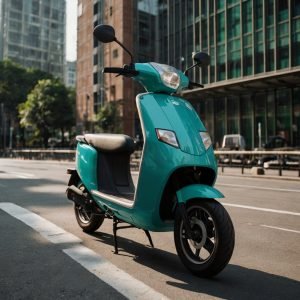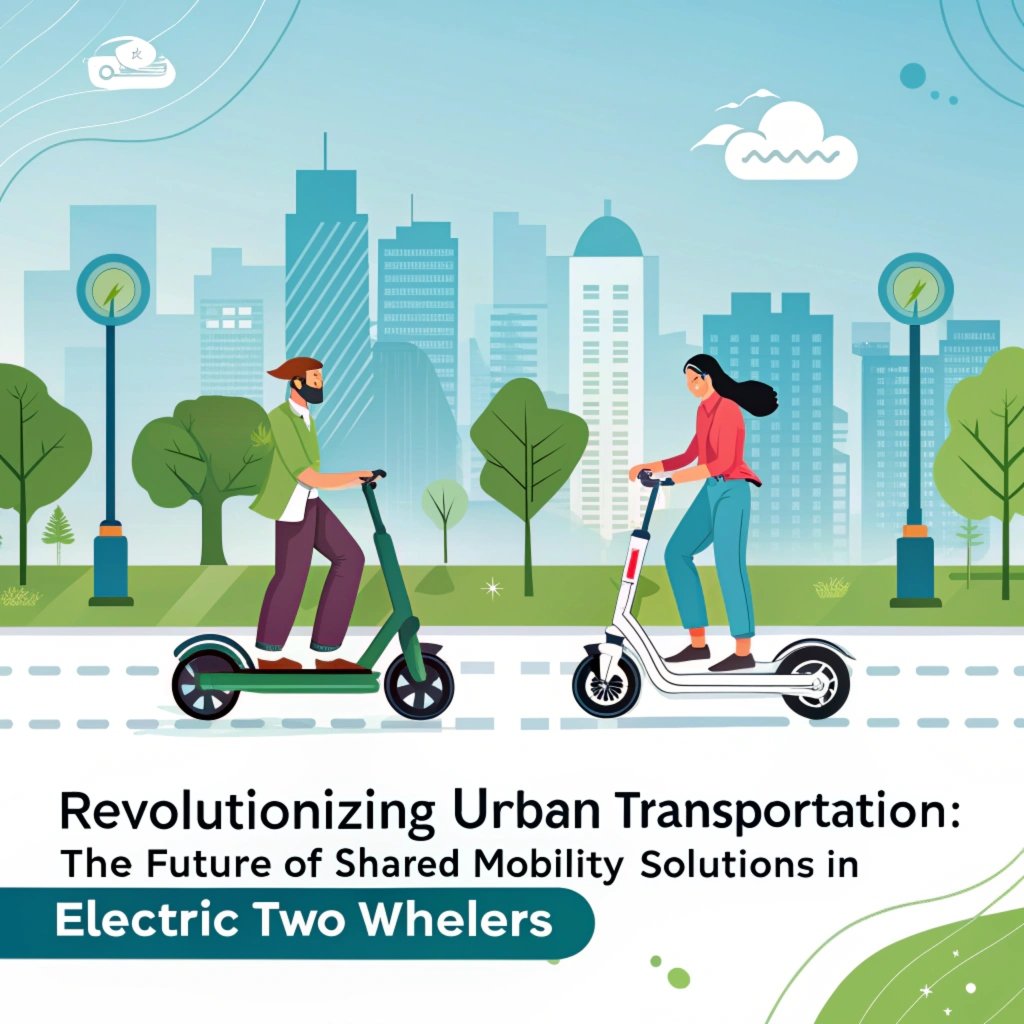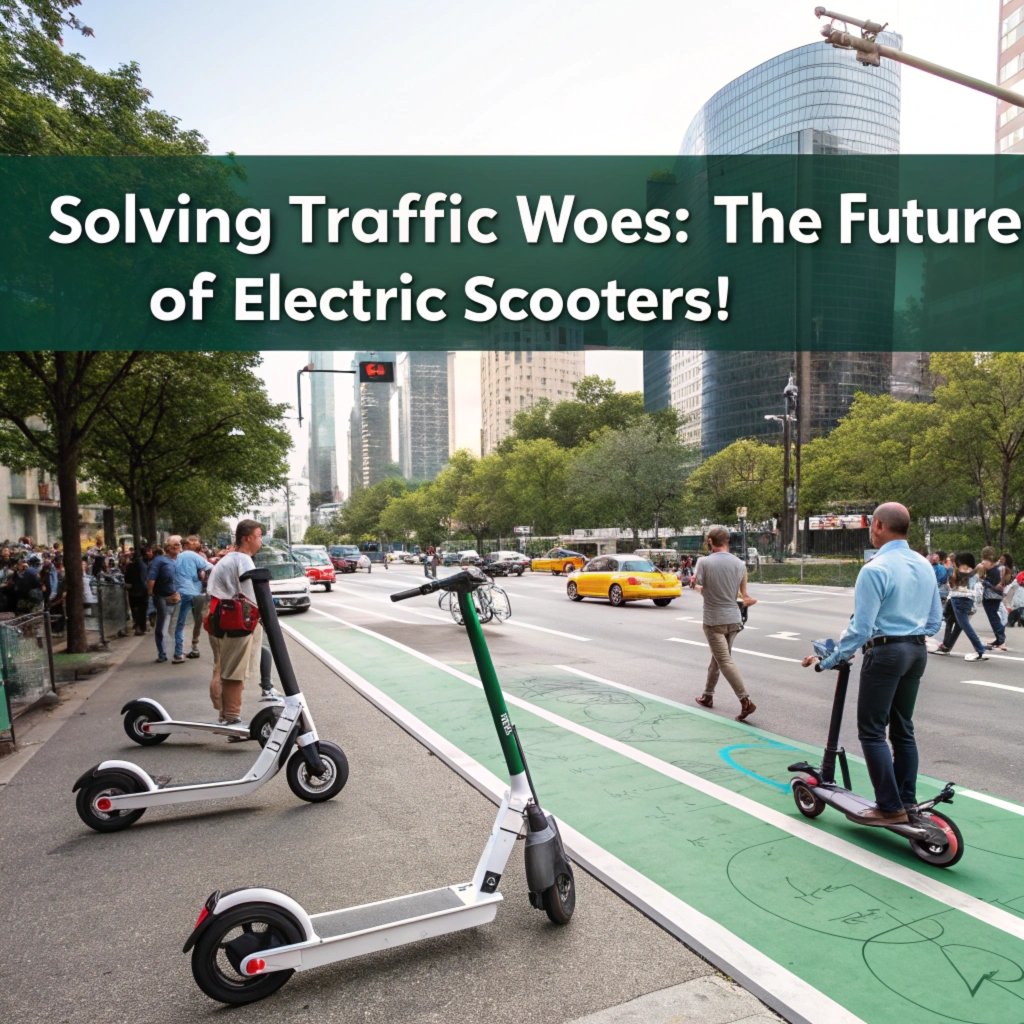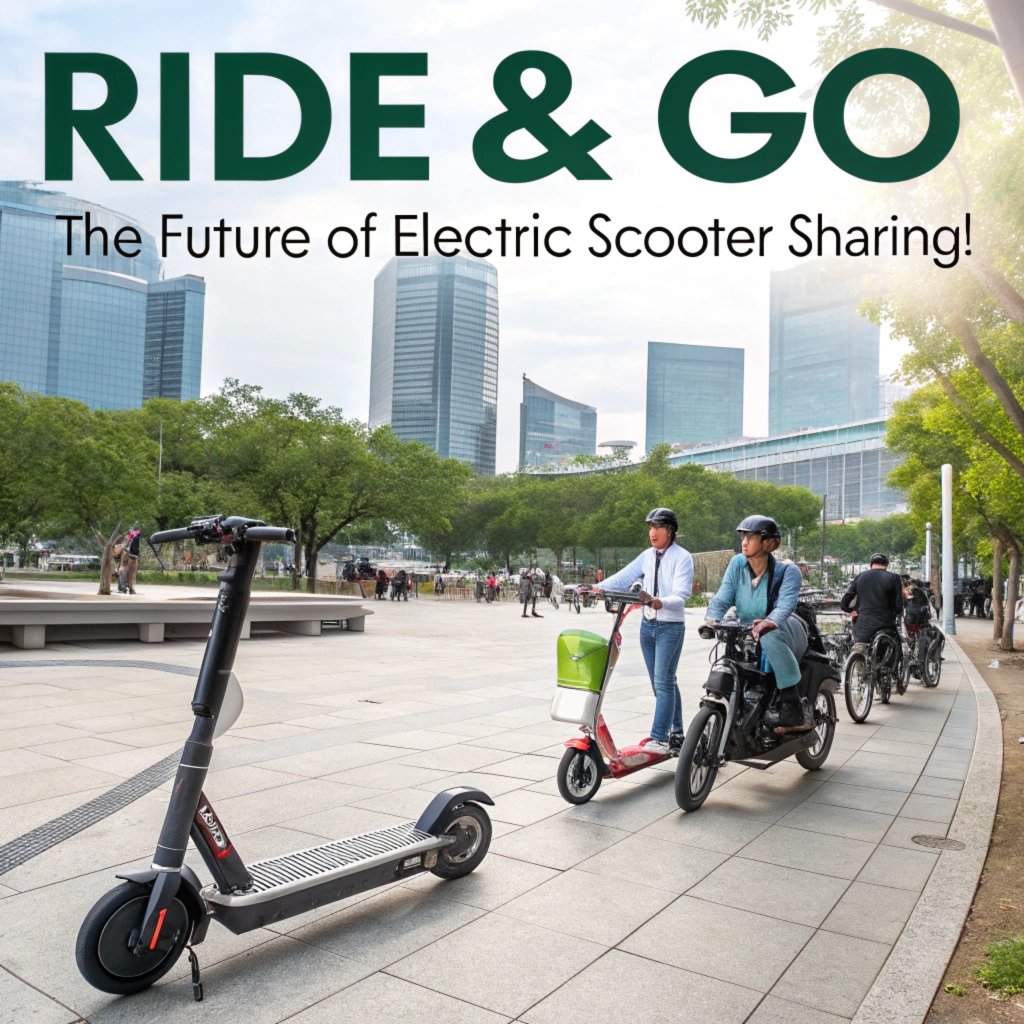Imagine a city where traffic congestion is a thing of the past, air pollution is significantly reduced, and transportation costs are drastically lowered.
This future may seem like science fiction, but it’s rapidly becoming a reality. The urban mobility landscape is shifting to make way for sustainable solutions that prioritize people over cars.
Electric two wheelers are leading the charge towards a more efficient, environmentally friendly transport system – one that combines speed and agility with zero emissions.
Discover how cities like ours can harness the power of shared e-bikes, e-scooters, and advanced public transit systems to create healthier communities.
Innovative Solutions
From urban mobility platforms for last-mile connectivity,
to smart bike-sharing technologies.
The Rise of Electric Two Wheelers
As cities grapple with environmental concerns and traffic congestion, alternative modes of transportation are gaining traction. Electric two-wheelers offer a promising solution for sustainable urban mobility. With growing demand for eco-friendly alternatives, these vehicles have become increasingly popular in densely populated areas.
Electric two-wheelers aim to reduce carbon emissions from polluting transportation systems by providing an environmentally friendly option for short-distance commutes. In cities like Barcelona and Amsterdam, e-bike-sharing programs have seen remarkable results: a 30% reduction in traffic congestion and a 25% decrease in CO2 emissions over the past five years.
For urban residents, electric two-wheelers offer increased mobility and flexibility. With parking becoming increasingly scarce and expensive, these vehicles provide an affordable transportation solution for daily commutes. For instance, e-bikes can be charged at home or on-the-go using public charging stations, eliminating the need for lengthy car maintenance sessions.
To maximize their impact, cities must integrate electric two-wheelers into existing infrastructure through planning and coordination with private companies and cyclists themselves. This will not only reduce emissions but also increase ridership rates by making these vehicles more accessible.
Electric two-wheelers are redefining the city’s transportation landscape with advanced battery technology, affordability, and accessibility. As battery life extends to over 100 miles on a single charge, e-bike enthusiasts can explore new areas without worrying about running out of power. With an estimated annual cost savings of up to $800 per vehicle owner in reduced fuel expenses, it’s no wonder electric two-wheelers are gaining popularity.
As we witness the integration of these vehicles into urban spaces, let’s redefine what transportation should look like – faster-than-fast lanes for e-bikes and scooters will soon become a norm.
Smart Traffic Management Systems
The city’s reliance on traditional manual traffic control methods is not only inefficient but also causes significant economic losses due to wasted time. Introducing smart traffic management systems can significantly alleviate this problem by optimizing real-time traffic flow, reducing travel times and alleviating pressure on city infrastructure.
Imagine being stuck in traffic for hours on end, watching your minutes tick away as you inch along a congested highway. This is all too common today due to our reliance on manual traffic control methods. But what if there was an intelligent alternative? Smart traffic management systems are like having a personal chauffeur – anticipating and adapting to real-time situations, ensuring the smoothest possible journey.
For example, at peak hours (7-9 am) in major intersections like the city’s main highway and adjacent side streets, smart traffic management can analyze real-time data to identify bottlenecks. This information is used to dynamically adjust light timing patterns by optimizing the green wave sequence, reducing congestion by up to 30%. Additionally, camera systems provide valuable insights into driver behavior, allowing for targeted enforcement of traffic laws and increased public safety.

Smart traffic management systems don’t just rely on technology – they also incorporate data from multiple sources: ‘smart’ sensors that monitor speed and occupancy levels, GPS tracking devices in vehicles for location-based analysis. By combining these inputs into a centralized system, smart traffic management can make more informed decisions about when to intervene in traffic patterns.
By prioritizing pedestrian access at smart intersections, the systems aim to increase accessibility and overall community cohesion. For instance, by dynamically adjusting light timing patterns to allow pedestrians to cross safely first during peak hours, reducing accidents and stress for commuters. Moreover, smart traffic management can also provide real-time information about road conditions through GPS tracking of vehicle movement on closed roads or construction site delays.
Smart traffic management systems are like a nervous system for cities – responding rapidly to changes in demand by adjusting signal timings to accommodate drivers. By doing so, they alleviate pressure on city infrastructure and make travel safer and faster for all users.
The Role of AI in Route Optimization
Route optimization poses a significant challenge in urban transportation systems, particularly for electric two-wheelers. To streamline logistics and reduce congestion, companies must develop efficient routing strategies that account for real-time data and environmental factors.
AI’s role in route optimization revolves around analyzing traffic flow patterns to suggest the most efficient routes for delivery or commuting purposes. This involves mapping traffic flow, identifying bottlenecks, and adapting to changing conditions such as road closures or weather conditions. For instance, a study by the Intelligent Transportation Systems Research Association found that using real-time data can reduce travel time by up to 30% in urban areas.
By utilizing machine learning algorithms that learn from historical data and environmental factors like construction or traffic congestion, electric two-wheelers can fine-tune their routing systems to minimize energy consumption. This not only benefits the commuters but also contributes to a smoother traffic flow across the city. As cities become increasingly congested, optimizing routes is crucial for reducing emissions and improving air quality.
For example, in cities like Singapore and New York City, AI-driven route optimization has shown promising results. In these cases, companies have implemented dynamic routing systems that take into account real-time traffic patterns to reduce congestion and decrease travel times. This not only benefits commuters but also reduces the number of vehicles on the road.
The question is: How can we balance the needs of urban mobility with sustainable transportation practices? As AI-driven route optimization becomes more prevalent, it’s clear that electric two-wheelers will play a vital role in reducing our carbon footprint and creating more efficient urban transportation systems.
How to Design Sustainable Cities for Shared Mobility
As electric two-wheelers revolutionize urban transportation, cities must prioritize sustainable mobility solutions to ensure livable spaces. With millions of people expected to move to cities by 2050, creating compact and efficient public transportation systems is crucial.
Cities can learn from the examples set by Copenhagen or Barcelona, where well-designed pedestrian-friendly infrastructure has reduced traffic congestion significantly. By prioritizing green spaces and bike lanes, these cities have also seen a notable decrease in air pollution levels and improved public health outcomes. In fact, studies have shown that for every 10% increase in cycling share of road usage, there is a corresponding decrease of around 12% to 16% in CO2 emissions.
Effective street lighting can greatly improve safety and reduce crime rates at night. LED-powered streetlights consume significantly less energy than traditional options, with some studies suggesting an energy consumption reduction of up to 70%. Moreover, well-lit streets promote the feeling of security among pedestrians and cyclists, deterring potential crimes such as pickpocketing or mugging.
To take shared mobility solutions a step further, cities can integrate e-transportation into existing public transportation networks. For instance, innovative smart traffic management systems can optimize bus routes in real-time to reduce congestion and waiting times for passengers. Cities like Tokyo have successfully implemented bike-share programs that encourage residents to use eco-friendly modes of transport during their daily commutes.
By designing these sustainable cities from the ground up, urban planners can create a cleaner, more efficient, and livable space for all residents. Research has shown that well-designed public transportation systems can reduce traffic congestion by 15% on average. Furthermore, smart city initiatives have been proven to decrease air pollution levels and improve quality of life among citizens.
Challenges and Opportunities of Urban Air Pollution Reduction
As air pollution continues to worsen, cities must find innovative solutions to reduce emissions from their transportation systems. Electric two-wheelers hold promise as part of the solution, but a significant obstacle is addressing safety and security in densely populated city areas.
Traffic congestion caused by e-scooters poses serious risks, including increased accidents or pedestrian collisions. For instance, during peak rush-hour hours in Singapore’s Orchard Road, thousands of commuters share narrow sidewalks with speeding e-scooters. To mitigate this risk, innovative solutions must be implemented that account for traffic congestion specifically designed for electric vehicles.
Rethinking parking infrastructure can help reduce congestion and improve air quality by promoting the use of e-scooters instead of cars. By doing so, cities like San Francisco have created bike-friendly streets with built-in charging stations to encourage more sustainable mobility. This would encourage the development of smart parking systems that offer real-time arrival estimates or energy-saving strategies for electric two-wheeler users.
Another challenge is ensuring seamless communication systems between vehicles to prevent accidents caused by malfunctioning or misaligned traffic signals. A city-wide system where e-scooter riders can share their location and estimated arrival time with other road users in real-time could significantly reduce the risk of accidents, but technical challenges must be addressed first. For instance, integrating GPS tracking technology into existing infrastructure would require careful planning to avoid disruptions to regular traffic flow.
To mitigate these risks, cities should collaborate on innovative solutions that prioritize both safety and efficiency. By adopting a multi-stakeholder approach, including city governments and private companies like Tesla or BMW, shared mobility can thrive while reducing emissions from transportation systems.
Collaborative Robotics and Logistics for Emissions-Free Delivery
Collaborative Robotics and Logistics are game-changers for urban transportation. By integrating robots from different manufacturers or companies, we can optimize delivery systems and create entire efficient ecosystems.
Collaborative robotics enable robots from different manufacturers or companies working together for complex tasks such as packaging of items. For instance, in a warehouse setting, collaborative systems can assign jobs based on worker specialization and reduce unnecessary movement around the facility. A recent study found that by optimizing loading processes, logistics centers can save up to 20% of labor costs through more efficient use of resources.
The potential for Collaborative Robotics in urban transportation is massive. By working together, robots from different manufacturers can help streamline delivery services and create entire efficient ecosystems. It’s not just about picking up packages – we’re talking about optimizing the entire process from order to delivery.
Another exciting example is the integration with drones. When combined with collaborative robots and logistics systems, drones can not only deliver packages but also assemble or disassemble packaging for final delivery to a customer. This unique collaboration has led to significant improvements in efficiency: by analyzing data on drone-delivered packages, companies can identify trends and opportunities to improve their supply chain operations.
While the idea of using drones in delivery services might seem like a no-brainer, it’s worth exploring its potential benefits. For instance, by automating tasks such as packing and shipping, drones can reduce errors that are commonly caused by human mislabeling or mishandling packages. This not only saves time but also reduces costs associated with handling damaged items.
While Collaborative Robotics in logistics might seem like a distant future concept, its practical applications have already started to manifest. From optimizing delivery routes to streamlining inventory management, the impact of this technology is undeniable. As we move forward in our urban transportation landscape, one thing is clear: Collaborative Robotics and Logistics are here to stay – and transform the way we do business forever..
Accessible Public Transportation Options on Demand
Accessible public transportation options on demand have transformed urban mobility landscapes by providing personalized and efficient solutions.
Imagine trying to navigate through a crowded city street, searching for the best route from point A to point B. Traditional public transportation can be unreliable, inconvenient, and sometimes unaffordable. That’s why companies like Uber and Lyft have leveraged data analytics to create personalized routing systems that adjust in real-time based on traffic conditions.
Take Copenhagen for example – its bike-sharing system has been a game-changer for residents and visitors alike. With over 20 million trips taken every year, it’s become an integral part of the city’s transportation network. This innovative approach not only reduces congestion but also promotes eco-friendliness and healthy living. By putting people first, cities like Copenhagen are setting a new standard for urban mobility.
Key to successful implementation is using big data analytics to provide users with real-time traffic information. Platforms use GPS and traffic mapping data to optimize routes, ensuring that passengers arrive at their destination quickly and efficiently. This technology has been particularly effective in reducing emissions and improving air quality – key statistics from the US Environmental Protection Agency show that ride-hailing services have reduced greenhouse gas emissions by 30% compared to car travel.
Innovative solutions like these are changing the face of urban mobility, but they’re not without their challenges. Cities must balance public transportation options with private company interests and ensure equitable access for all residents, regardless of income or ability. This requires ongoing investment in infrastructure and community engagement to build trust and foster collaboration between government agencies, businesses, and local organizations.
In many cities around the world, shared micromobility solutions like bike-sharing systems or scooter rental services are being integrated into existing public transportation networks. These services offer a cost-effective alternative to traditional taxis and ride-hailing apps – for instance, in Amsterdam’s city center, over 20% of residents have switched from cars to using these mobility options. By adopting sustainable modes of transport that can be shared by many, cities like Amsterdam are putting people first and creating healthier communities.
By prioritizing public transportation systems that put people above vehicles or profits, we’re not just building more livable cities; we’re fostering inclusive economic growth and reduced emissions – the holy trinity of urban planning. As the world’s population continues to urbanize at an unprecedented rate, it’s time for us to rethink our priorities: let’s create a transportation system that works in harmony with nature and serves all citizens – not just those who can afford it.
Cybersecurity Threats in Connected Vehicle Infrastructure
Cybersecurity breaches on connected vehicles pose an existential threat to the adoption of shared mobility solutions like electric two-wheelers. The rise of these threats has brought new risks into focus: cyber attacks that could compromise entire networks.
The consequences of a cybersecurity breach in electric two-wheelers are severe:
- Unauthorized access and tampering with critical systems
- Disruption of entire networks, affecting individual safety and public trust
- Significant economic losses due to downtime or data breaches
A recent hack on the major ride-hailing app’s network resulted in sensitive user data being exposed. This incident highlights the need for robust cybersecurity measures.
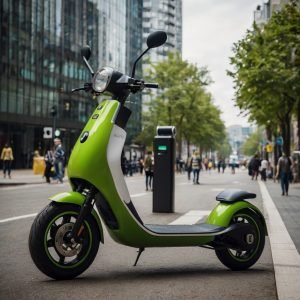
To mitigate these risks, electric vehicle manufacturers can take several steps:
- Conduct regular security audits to identify vulnerabilities and implement patches.
- Implement multi-factor authentication for all connected devices.
- Develop secure communication protocols that encrypt data transmission between vehicles and external systems.
Staying up-to-date with security patches and firmware updates is crucial in preventing cybersecurity breaches on electric two-wheelers.
It’s time to stay ahead of the cyber curve, not just from individual manufacturers but industry-wide collaboration. Stay vigilant: sign up for security updates from reputable sources like the Transportation Security Administration’s website or participate in collaborative efforts between automotive companies, tech firms, and research organizations. Industry-wide coordination is essential to develop more stringent security standards.
To further safeguard electric two-wheelers, consider these proactive steps:
- Regularly review and assess cybersecurity risks with stakeholders.
- Develop incident response plans that outline procedures for handling a potential breach.
- Provide ongoing training on cybersecurity best practices for manufacturers, operators, and users.
The fate of shared mobility solutions like electric two-wheelers hangs in the balance; collective action is necessary to protect these vulnerable systems from cyber threats.
Revolutionizing Urban Transportation: The Future of Shared Mobility Solutions in Electric Two Wheelers
Impact of Autonomous Vehicles on City Planning Strategies
Great cities aren’t built overnight, but they can change rapidly.
The introduction and implementation of autonomous vehicles will drastically alter urban planning strategies to accommodate increased mobility for citizens without the need for personal vehicle ownership. By redesigning infrastructure around shared transportation solutions, city planners can prioritize pedestrian-friendly spaces and public transit hubs that foster community engagement.
By reimagining traditional transportation systems, cities can reduce traffic congestion and pollution while providing more efficient services for residents. Cities must act now to establish autonomous zones and encourage the growth of sustainable mobility options.
Take bold action today to redefine urban planning strategies. Implementing shared mobility solutions will reshape cityscapes into livable communities that prioritize people over personal vehicles, creating a better quality of life for all citizens.
